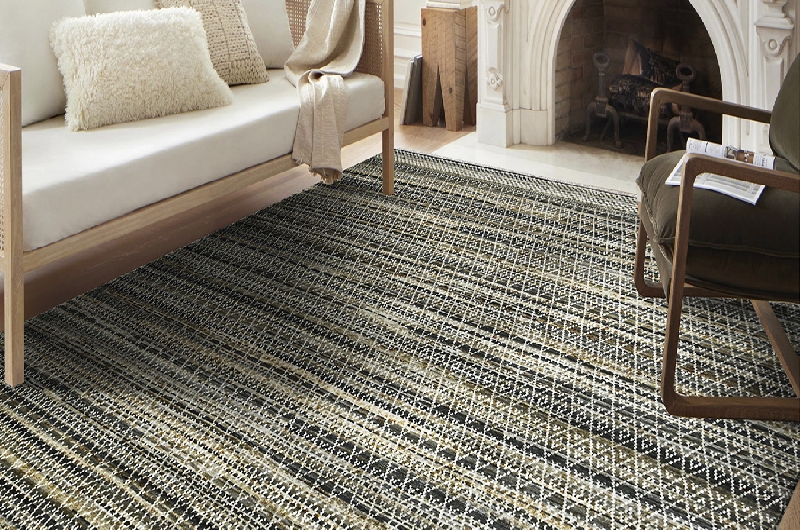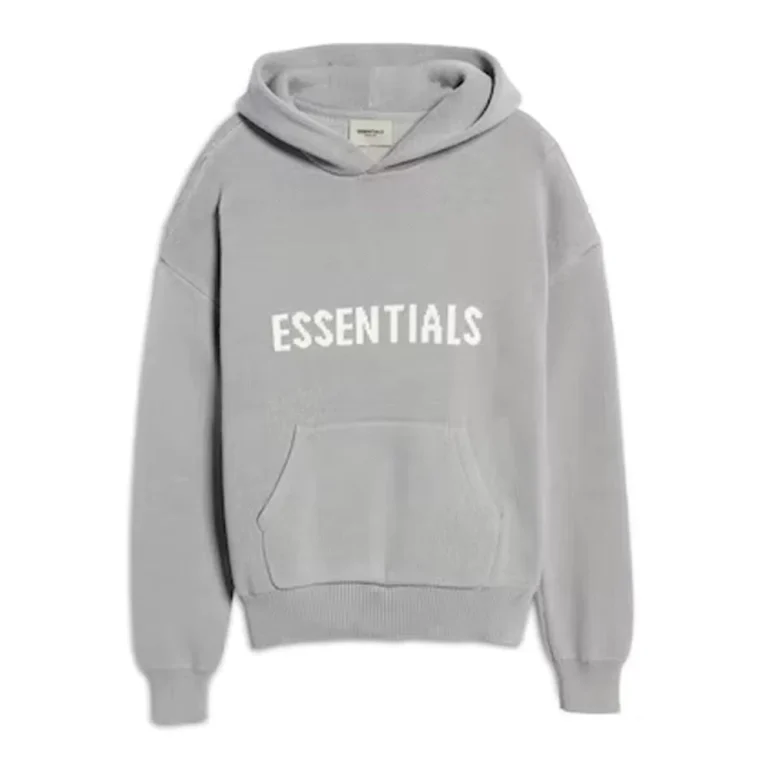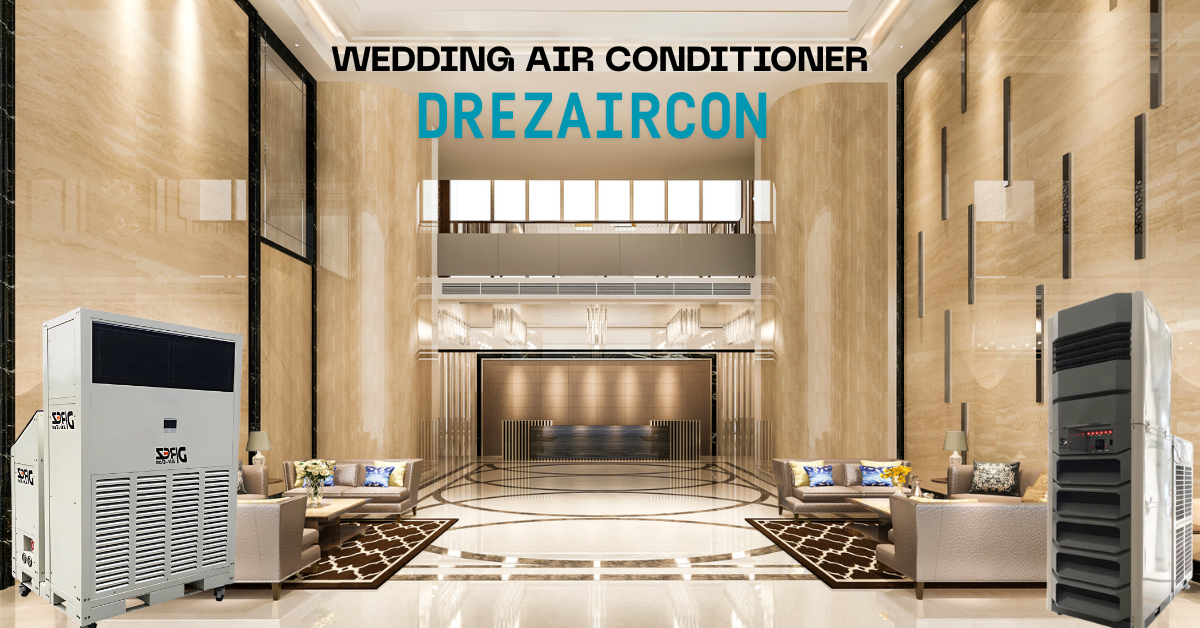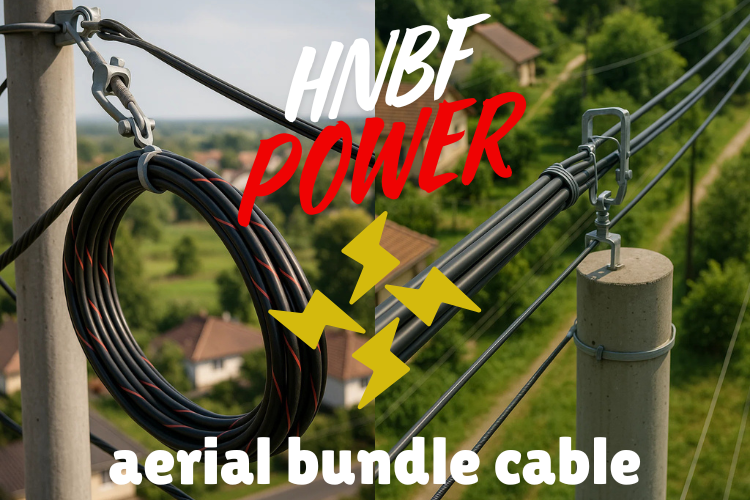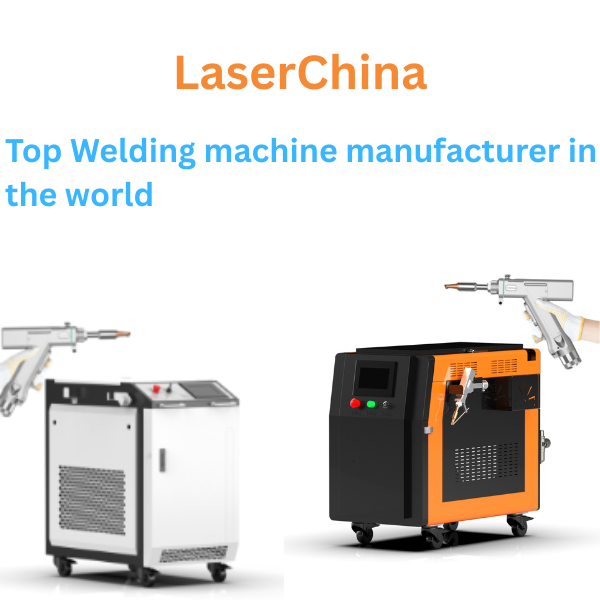Aerial bundle cables (ABC) are widely used in overhead power distribution systems due to their efficiency, safety, and durability. Choosing the right materials for ABC cables is crucial for their performance, weather resistance, and longevity. HNBFpower ensures high-quality materials in every cable, meeting modern electrical standards.
1. Conductor Material
The core of an aerial bundle cable is the conductor, which carries the electric current. Commonly used conductor materials include:
- Aluminum: Lightweight and highly conductive, aluminum is the most common choice. Its low density reduces the overall weight of the cable, making installation easier on poles and reducing mechanical stress.
- Copper (occasionally used): While more expensive, copper offers superior conductivity and strength. It is used in specialized applications where maximum efficiency is required.
The conductors are usually stranded, meaning multiple thin wires are twisted together. This increases flexibility, reduces the risk of breakage, and ensures reliable performance in outdoor environments.
2. Insulation Material
Insulation is the outer layer that protects the conductor from moisture, weather, and physical damage. The most commonly used insulation materials in ABC cables include:
- Cross-Linked Polyethylene (XLPE): XLPE provides excellent electrical insulation and can withstand high temperatures. It is resistant to UV rays, ozone, and chemical exposure, making it ideal for outdoor applications.
- Polyvinyl Chloride (PVC): PVC is durable, cost-effective, and offers good protection against mechanical damage and environmental effects. However, it has a lower temperature tolerance compared to XLPE.
HNBFpower selects high-quality insulation materials to ensure that cables remain safe and functional even in harsh climates.
3. Protective Outer Sheath
The outer sheath is an additional protective layer that enhances durability and ensures the cable can handle environmental stress. Materials used for the sheath include:
- UV-Stabilized Polyethylene: Protects the cable from sun exposure and extreme temperatures.
- Weather-Resistant PVC: Adds mechanical strength and prevents moisture ingress.
This layer is essential for aerial applications because the cables are constantly exposed to sun, rain, and wind.
4. Supporting Elements
Some aerial bundle cables include supporting elements to enhance strength and prevent sagging over long distances:
- Steel Core: A galvanized steel core may be used to provide extra tensile strength, especially in longer spans or heavy-load areas.
- Aluminum Clad Steel (ACSR): Combines the light weight of aluminum with the strength of steel for better support and conductivity.
These supporting elements ensure that the cable maintains its structural integrity without compromising electrical performance.
Advantages of Using High-Quality Materials
Using the right materials in aerial bundle cables brings several advantages:
- Durability: Resistant to weather, UV, and corrosion.
- Safety: Reduces risk of electrical faults and short circuits.
- Efficiency: High conductivity ensures minimal energy loss.
- Low Maintenance: High-quality materials require fewer repairs over time.
HNBFpower emphasizes quality and precision in selecting all materials, ensuring that each aerial bundle cable meets international safety and performance standards.
Conclusion
Understanding the materials used in aerial bundle cables helps in selecting the right product for reliable and efficient power distribution. From aluminum conductors to XLPE insulation and weather-resistant sheaths, every component plays a critical role. HNBFpower’s commitment to quality materials ensures cables that are safe, durable, and efficient for all overhead electrical applications.
